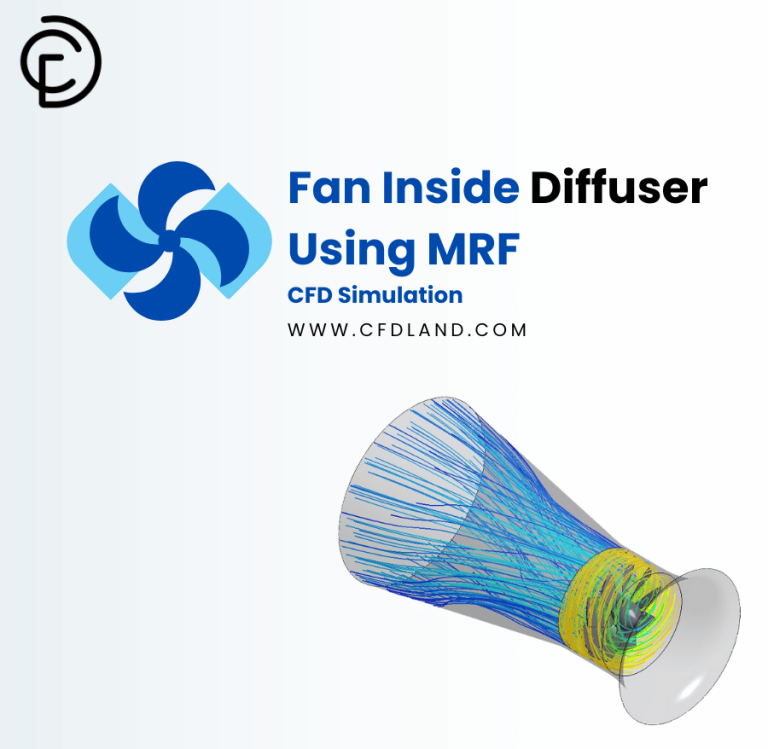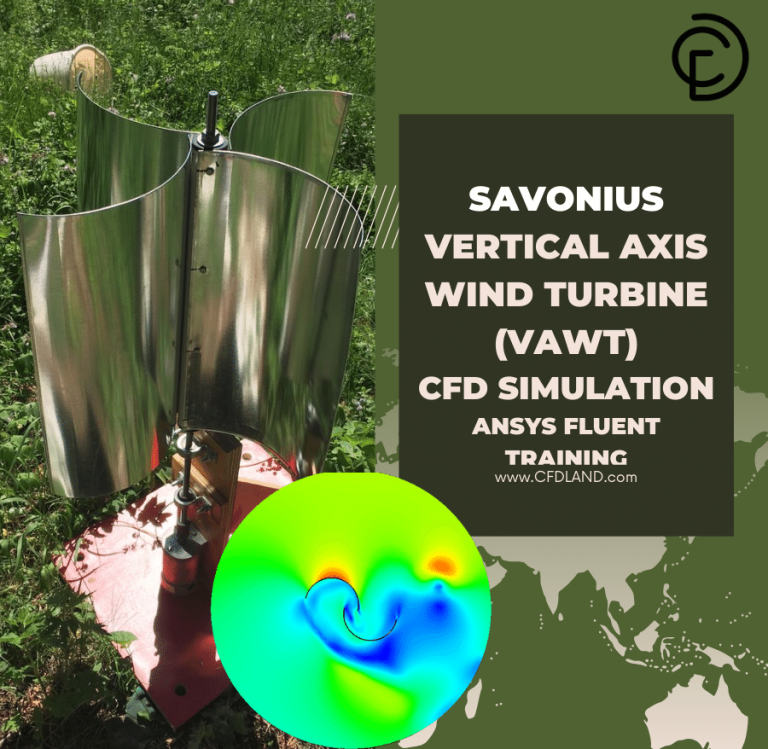Hydraulic Fluid Exchange(Dynamic Mesh) CFD Simulation, ANSYS Fluent Training
Hydraulic Fluid Exchange(Dynamic Mesh) CFD Simulation, ANSYS Fluent Training
- Upon ordering this product, you will be provided with a geometry file, a mesh file, and an in-depth Training Video that offers a step-by-step training on the simulation process.
- For any more inquiries regarding the product, please do not hesitate to reach out to us at info@CFDLAND.com or through our online support assistant.
€210 Original price was: €210.€145Current price is: €145.
Hydraulic fluid exchange is a key part of keeping hydraulic systems working well and lasting a long time, especially in industrial workplaces. This is an integral part of maintenance that makes sure hydraulic cylinders and other parts work at their best. As the study by Siwulski and Warzyńska [1] points out, the exchange of hydraulic fluid in cylinder chambers is essential for keeping the correct working temperatures and stopping seals from breaking down due to heat. Flow patterns, changes in pressure, and the movement of thermal energy are all affected by how well fluids are exchanged in hydraulic systems. The purpose of this study is to help us learn more about the fluid mechanics that go into hydraulic systems via simulating a Hydraulic fluid exchange membrane using Dynamic Mesh. The CFD simulation relies on the reference paper titled “ Numerical investigation of the influence of the inlet nozzle diameter on the degree of fluid exchange process in a hydraulic cylinder”.
- Reference Paper [1]: Siwulski, Tomasz, and Urszula Warzyńska. “Numerical investigation of the influence of the inlet nozzle diameter on the degree of fluid exchange process in a hydraulic cylinder.” Engineering Applications of Computational Fluid Mechanics1 (2021): 1243-1258.

Figure 1: Schematic representation of Hydraulic Fluid Exchange CFD Simulation
Simulation Process
Geometrically, the model is highly similar to a piston-cylinder system. It was initially designed using a design modeler and then transferred to ANSYS Meshing to generate the initial grid. Needless to say, during the motion of the hydraulic system, the mesh will undergo several refinements via Smoothing & Remeshing methods of Dynamic Mesh module. To be more precise, Diffiusion Smoothing and Methods-Based Remeshing techniques are adopted. The moving side of the hydraulic fluid exchange system uses a User-defined Function (UDF) to follow the motion curve.

Figure 2: Numerical grid of the fluid geometry in the cylinder Hydraulic Fluid Exchange CFD Simulation Using Dynamic Mesh
Post-processing
From the point of view of fluid mechanics, the modeling results and the animation that was extracted give us important information about how hydraulic fluids are exchanged. The research shows that the shape and placement of the nozzles have a big effect on how the fluid moves inside the hydraulic cylinder. As you can see in the video, the inlet flow makes clear mixing patterns, with faster streams entering the chamber and mixing with the fluid that is already there. This contact creates localized turbulence (see Fig. 3a), which is necessary for heat to escape and fluid to spread out evenly. The modeling also shows that better mixing of the fluid makes the temperature distribution more even throughout the cylinder. This lowers the chance of hot spots that could cause the seal to break down or the fluid to break down too soon (Fig. 3b).


Figure 3: Distribution of a) Turbulence Kinetic Energy b) Temperature inside hydraulic cylinder CFD Simulation
The analysis also shows how fluid exchange affects the structural integrity and efficiency of the hydraulic system from a mechanical point of view, on the other hand. The video makes it easy to see how the dynamic forces act on the cylinder walls and piston during the exchange process. Even though these forces are needed to refill fluids efficiently, they also put mechanical stress on parts of the system. The study suggests that it is possible to keep important parts like seals and bearings in good shape by carefully balancing the fluid inlet factors with the cylinder’s mechanical design. Additionally, the improved fluid exchange process reduces friction and makes pressure distribution more even across the cylinder, which could possibly make the system last longer.

Figure 4: Pressure gradient inside Hydraulic cylinder CFD simulation
We pride ourselves on presenting unique products at CFDLAND. We stand out for our scientific rigor and validity. Our products are not based on guesswork or theoretical assumptions like many others. Instead, most of our products are validated using experimental or numerical data from valued scientific journals. Even if direct validation isn’t possible, we build our models and assumptions on the latest research, typically using reference articles to approximate reality.
Yes, we’ll be here . If you have trouble loading files, having technical problems, or have any questions about how to use our products, our technical support team is here to help.
You can load geometry and mesh files, as well as case and data files, using any version of ANSYS Fluent.
€140 Original price was: €140.€125Current price is: €125.

€255 Original price was: €255.€135Current price is: €135.

€240 Original price was: €240.€125Current price is: €125.

€280 Original price was: €280.€145Current price is: €145.

€165 Original price was: €165.€125Current price is: €125.

€180 Original price was: €180.€99Current price is: €99.
























Reviews
There are no reviews yet.